Congruent Triangle Proofs (Part 3)Method 3: SAS (Side, Angle, Side) Similar to Method 2, we can use two pairs of congruent sides and a pair of congruent angles located between the sides to show that two triangles are congruent. 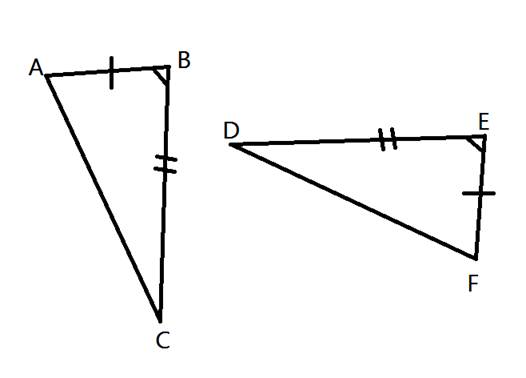 In this diagram,  . This shows that two sides and the included angle are the same in each triangle. We call this SAS or Side, Angle, Side. . This shows that two sides and the included angle are the same in each triangle. We call this SAS or Side, Angle, Side.We can use SAS to show that two triangles are congruent or use it to prove other possible facts about the triangles. Here is an example: 1. Given  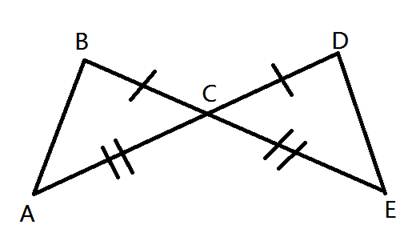 Prove that  Like in other proofs, be sure to start by showing what information has been given.
Next, use other information you can gain from the diagram. For example, we can see that < BCA and < DCE are congruent because they are vertical angles.
Now we have shown that each triangle has corresponding parts showing SAS or Side Angle Side. Therefore, the two triangles are congruent.
Finally, we can show that the other pair of corresponding sides are congruent because the triangles are congruent. Recall that the reason for this is abbreviated to CPCTC.
Method 4: AAS (Angle, Angle, Side) We can also show that two triangles are congruent by showing two angles and a non-included side of one triangle correspond and are congruent to two angles and a non-included side of another triangle. 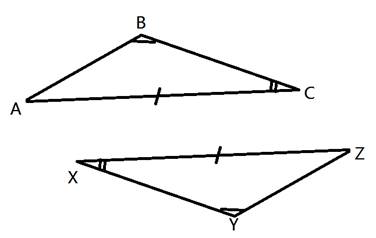 Here we can see that < B is congruent to < Y, < C is congruent to < X and AC ≅ ZX. This shows that in these two triangles two angles and a non-included side in ΔABC are congruent to two angles and a non-included side of ΔZYX. Therefore, ΔABC ≅ ΔZYX. Here is a look at another proof using AAS. 2. Given: < AFD ≅ < CDF, < BFD ≅ < BDF, EA ≅ EC 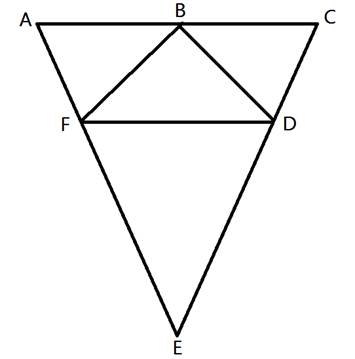 Prove: B is the midpoint of AC. First, let's take a look at the given information. 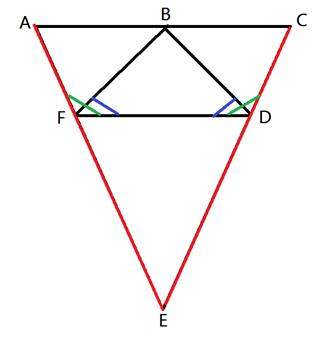 Given: < AFD ≅ < CDF, < BFD ≅ < BDF, EA ≅ EC We need to use this information to show that ΔABF ≅ ΔCBF. Then we will be able to say that AB ≅ CB. If these two segments are congruent, then B must be the midpoint because it would be right in the middle. So the job now is to show that those two triangles are congruent.
First we showed that the top two angles are congruent. Next we will show that BF ≅ BD.
So far we have a pair of corresponding congruent angles and a pair of corresponding congruent sides. Next, we can show that one more pair of corresponding angles is congruent.
Now we have two pairs of angles and a pair of non-included sides, showing that the two triangles are congruent. We will use CPCTC to show that side AB and CB are also congruent.
Let's Review So far, you have seen how to use SSS, ASA, SAS, and AAS to show that two triangles are congruent. These theorems can be used to show other true facts about the given triangles. Once you have two congruent triangles, be sure to use CPCTC to show that other corresponding parts are congruent as well. You can mix in definitions of other things like isosceles triangles, midpoint, angle bisector, etc. to complete your proofs.
To link to this Congruent Triangle Proofs (Part 3) page, copy the following code to your site: |
More TopicsEducational Videos |
